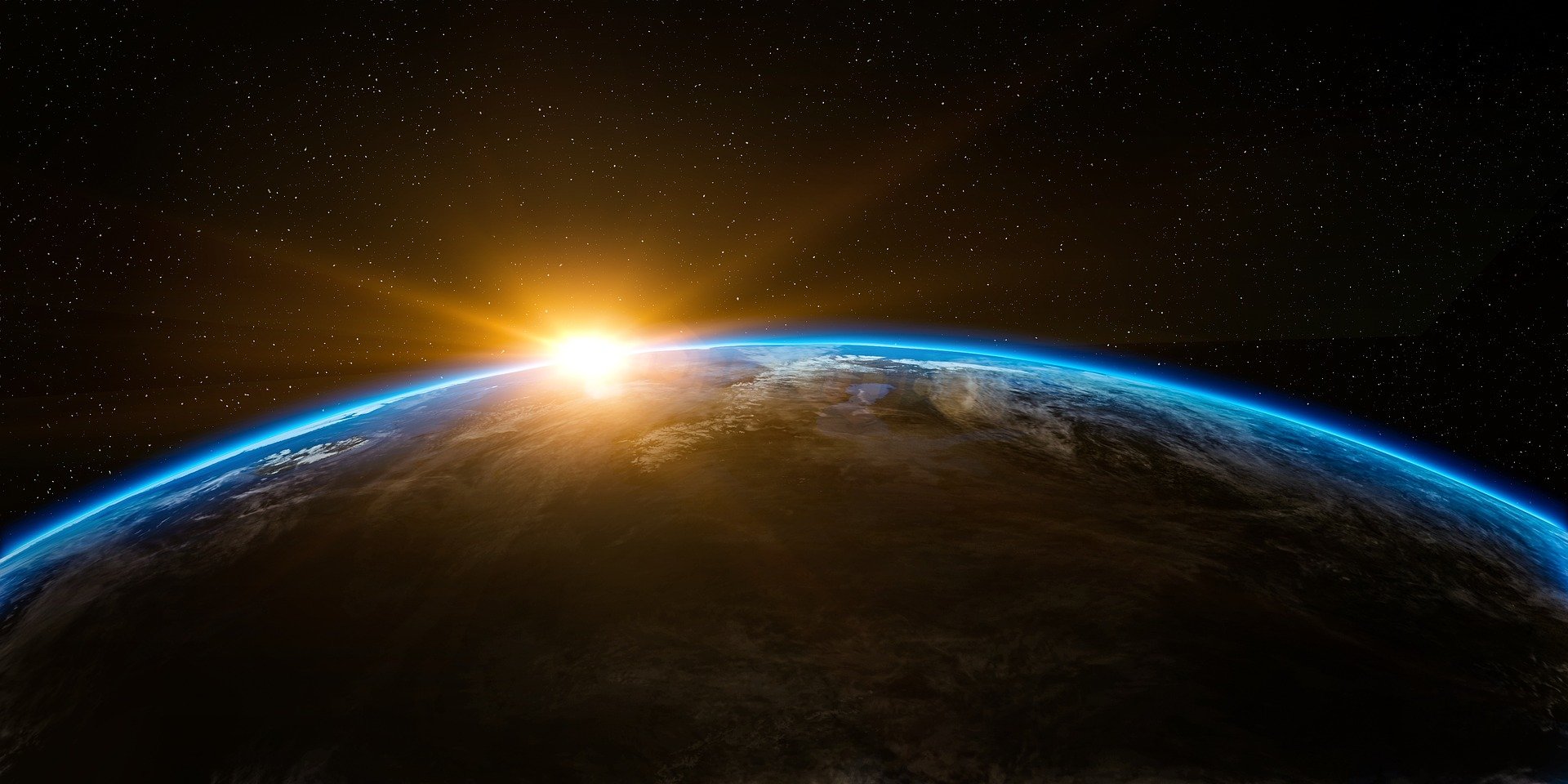Off our solar system, there is quite a few super earths. This means an Earth-like rocky planet with up to 10 times more mass than our Earth.
A study calculated what would happen if a super-Earth suddenly appeared in our solar system. Spoiler: The effects would be catastrophic. But the study was not done merely to describe a hypothetical doomsday scenario but to explore how our solar system and other star systems have formed.
The idea for this study came about because, time and again, astronomers* wished that there was a super-Earth in our system. It would then be possible to study it in detail to determine better which exoplanets tend to be habitable and which do not. “This suggestion of a super-Earth, say between the orbits of Mars and Jupiter, came up a lot in conversations. I thought, OK, let’s make your wish come true and see what the consequences are,” Stephan Kane of the University of Riverside told Motherboard. The planetary astrophysicist is the author of the study.
Kane then ran thousands of simulations with super-Earths, with different masses, inserted into our system. In the process, he looked at what would happen within the next 10 million years. His short version of the results: “You better be careful what you wish for.”
Earth flies out or into the Sun
Kane placed the super-Earths between 2 and 4 au (one au is the distance of Earth from the Sun) from the Sun. At this distance, the super-Earths landed between the orbits of Mars and Jupiter. This affects the trajectories of the other planets. In several scenarios, the inner planets of our solar system, including Earth, were thus ejected from the system and landed somewhere in interstellar space. In some cases, the Earth also landed directly in the Sun. Neither would be good for us, of course. In the cosmic eclipse, life on Earth would be extinguished just as if Earth were swallowed up by the Sun.
In other scenarios, Earth stays in the solar system but gets an unstable orbit. This puts it on a collision course with other planets—the result: Earth kaput, humanity gone. An erratic orbit could also lead to severe climate change, with either a condition too hot to survive or an ice age within a year.
After all, our solar system is “fighting back” against the invader in several scenarios. There also, the super-Earth is thrown out of the system. In other calculations, Neptune and Uranus fly out for it. Only Jupiter and Saturn, the two largest planets of the solar system, remain unaffected in most scenarios.
The fragile balance of the planets
In any case, the simulations show the delicate balance in our solar system. Moreover, our solar system has properties rarely found in other systems. These include the lack of a super-Earth and the existence of a gas giant, Jupiter, at a relatively large distance from the Sun. Both could have ensured that the Earth is conducive to life.
With this information, plus the findings from the study, researchers* could better understand in the future what role super-Earths play in other systems. The goal is to determine the many factors that make a star system a place where life could exist. This will then allow them to focus their observations on these systems.
- source: futurezone.at/picture: Bild von Arek Socha auf Pixabay
This post has already been read 2212 times!



